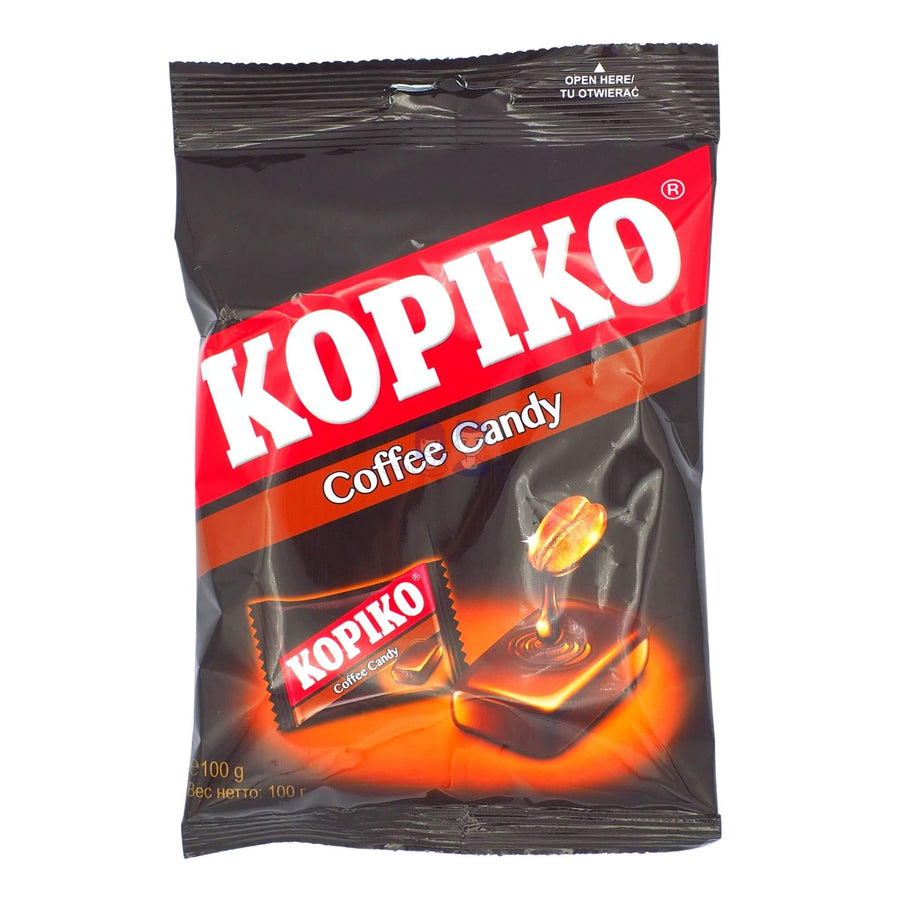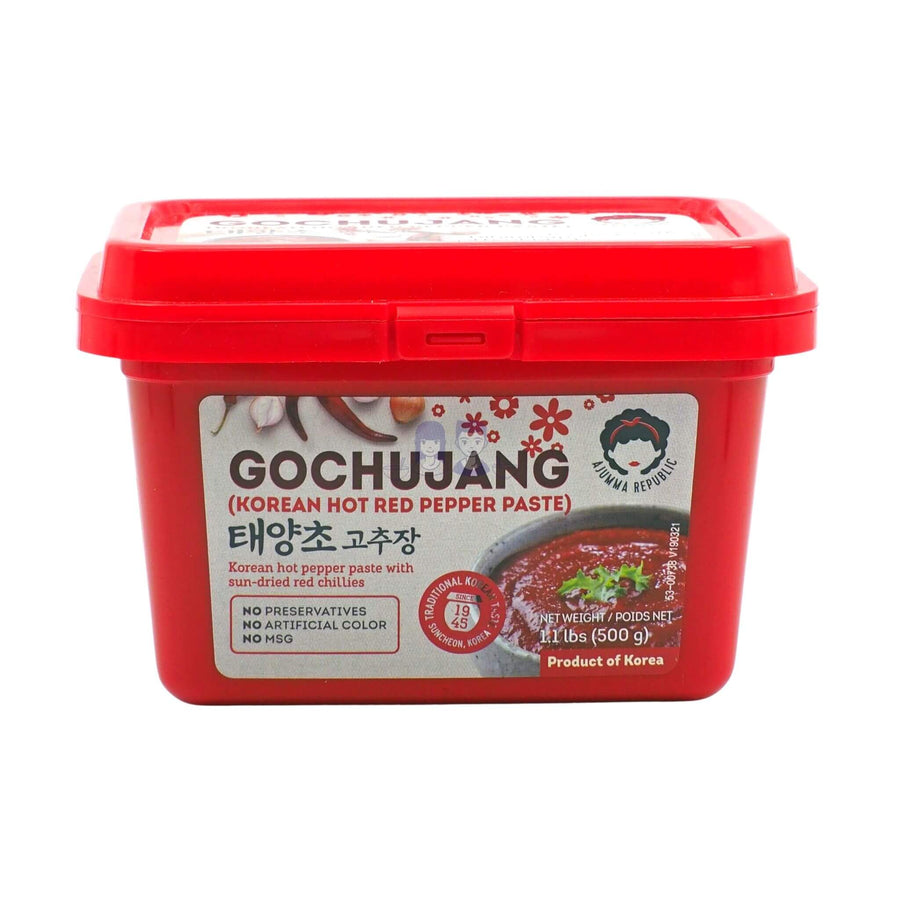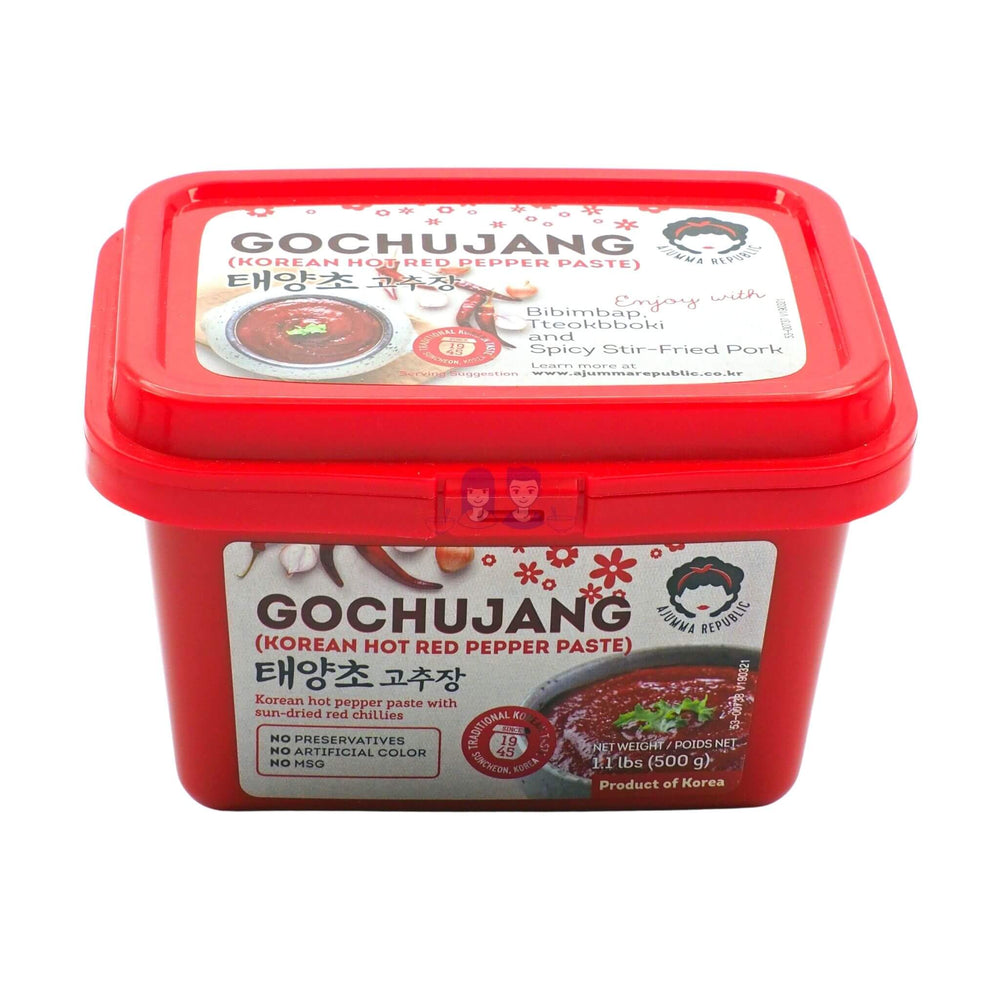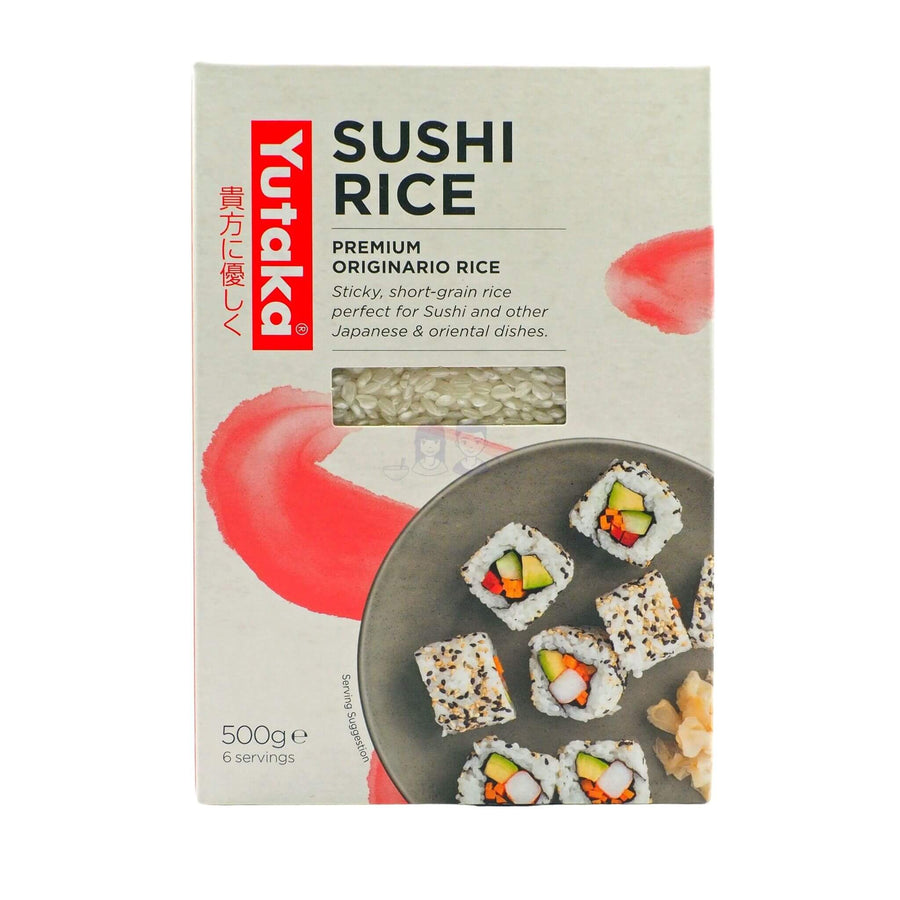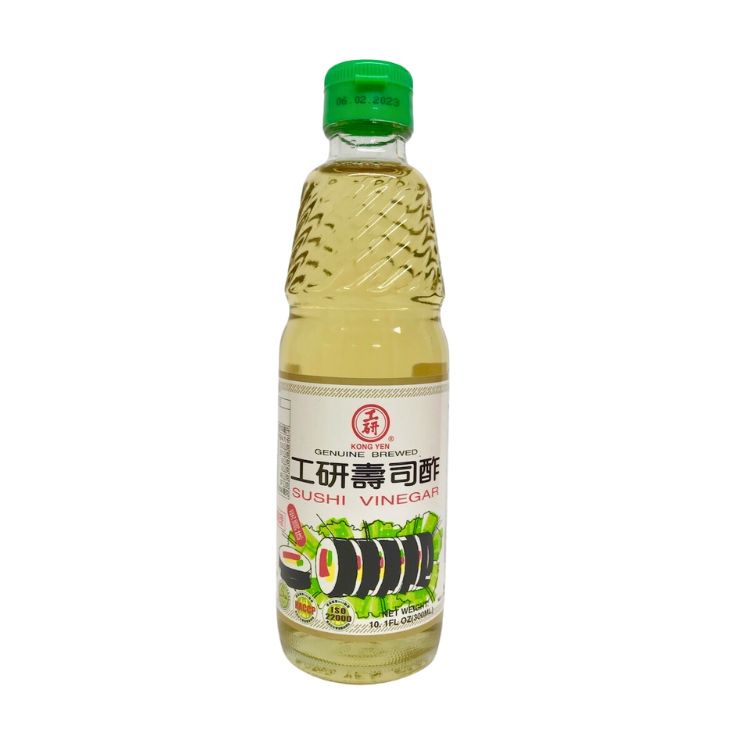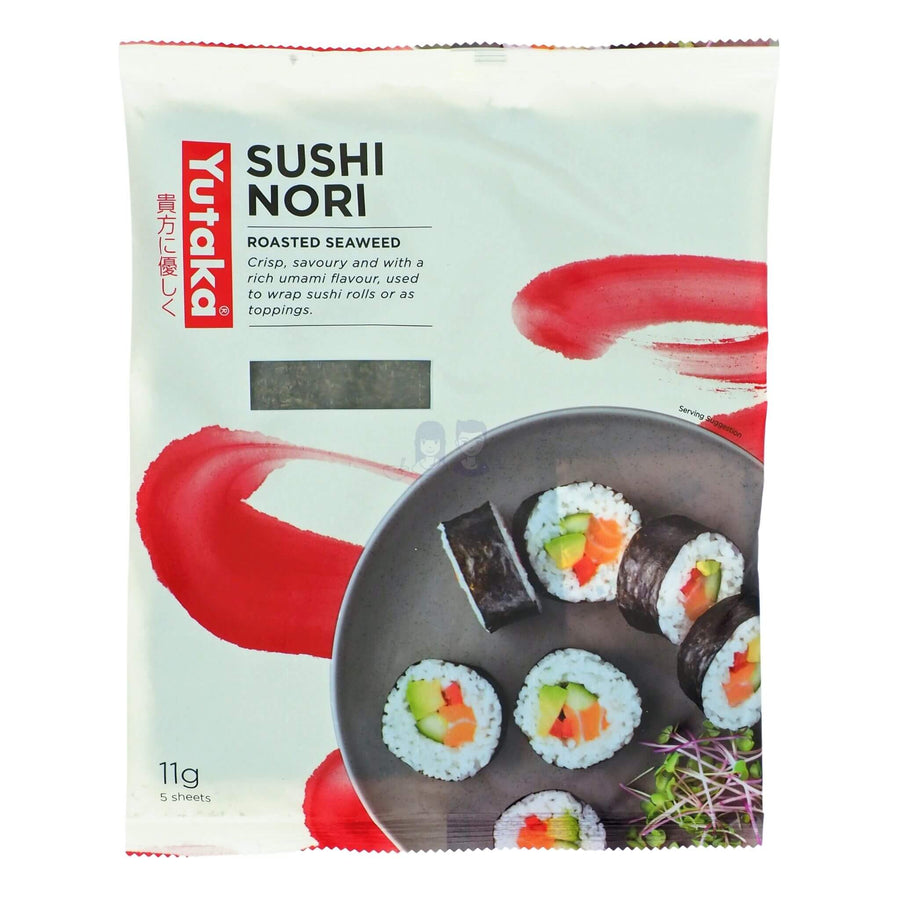What is Korean BBQ: A Guide to Korean Meats, Marinades & Sides
Korean BBQ is more than a meal—it’s a sizzling social ritual that turns the dining table into a grill-top playground. At Morueats, we love it because cooking beef, pork or chicken together over lively conversation (and perhaps a splash of soju) lets friends and family share authentic flavours while reconnecting with Korean food culture.
Today, we’ll explore what Korean BBQ is all about, including the key components: meats, marinades, sauces, and side dishes. We'll also learn how to create the ultimate Korean BBQ dining experience, whether it's at a restaurant or at home.
→ Shop now: Our handpicked range of Korean products
What is Korean BBQ?
Korean BBQ, a popular culinary tradition from Korea, is all about grilling an assortment of meats, usually beef, pork, or chicken, right at the dining table. Known for its interactive and communal dining style, it's not just about the food but also the experience of cooking and sharing together.
Brief History & Cultural Roots
Korean BBQ (often called “gogi-gui”) traces its roots to ancient Korean methods of grilling marinated meat over open fires. Over time, charcoal grilling in the Goguryeo era evolved into today’s gas or charcoal tabletop grills found across Korea. The practice emphasises jeong (정)—the spirit of care and togetherness—so diners cook, serve, and enjoy the best bites for one another. Understanding these origins adds depth to every sizzling slice of meat you grill at home.
Meats
Let’s start with the bedrock of Korean BBQ – the meats. While some are served marinated, you can opt for meats that come without marinades and add them to dipping sauces and customise the flavours to your liking.
Here are some of the more popular cuts of meat.
A. Popular cuts of beef
Bulgogi
Bulgogi comprises thinly sliced, tender cuts of beef, like sirloin, ribeye or brisket. It’s our personal favourite as it melts in your mouth and is usually marinated in a savoury-sweet, spicy sauce.

Galbi
Galbi or kalbi is made with marinated beef or pork short ribs, where the meat is cut thinly across the bones, exposing the short edge of the rib. When cooked well, the meat should be tender enough to fall from the bone.

B. Popular cuts of pork
Samgyeopsal
In our opinion, Samgyeopsal is, in one word: irresistible. Made from high-quality cuts of pork belly, it’s often served without marinade or seasoning as the fat melts into the meat when cooking, producing umami, savoury flavours. It’s also known as three-layer meat, as this cut of pork belly has layers of lean meat and fat.
Dwaeji galbi
Translated to “pig” and “BBQ”, dwaeji galbi refers to marinated, barbecued baby pork ribs. They’re a much better option for grilling than spare ribs, as they take less time to cook and are incredibly tender.
Jeyuk bokkeum
While any cut of pork can be used for jeyuk bokkeum, tender cuts of pork work better, like pork shoulder. It’s also characterised by the spicy marinade it’s often grilled in.
C. Chicken and seafood options
Although not as popular as beef or pork, most Korean BBQ eateries offer chicken – mainly the thighs – which come pre-marinated due to their slightly bland flavour. One example is buldak – spicy, barbecued chicken.
More restaurants are also offering seafood, especially those with vegetarian options on the menu, to cater to different diets. Popular seafood offerings include mussels, octopus, clams and scallops.
D. Tips for selecting and preparing meats
For a good Korean BBQ experience at home, always opt for thinner, high-quality cuts of meat, as they take a shorter length of time to grill. We also enjoy thinner cuts as they allow the meats to fully soak up the flavours of the marinades.
Korean marts usually have the right cuts of meat for Korean BBQ, including marinated options, but you could also head to your local butcher to request specific cuts.
Marinades
Marinades are the essence of Korean BBQ as they add savoury, sweet and spicy flavours to the meats, enhancing the dining experience.
A. Classic marinades
Bulgogi marinade
This marinade is known for its sweetness, made with these key ingredients: soy sauce, sugar, sesame oil and garlic. Depending on your preference, there are spicy and non-spicy variations.
Galbi marinade
Although galbi marinade is made from similar base ingredients as bulgogi, each ingredient comes in slightly different proportions. The key difference between the two is that galbi is often paired with beef short ribs, while bulgogi is added to thin slices of meat.
B. Spicy marinades
Gochujang-based marinades
Gochujang is a thick, red chilli paste made with fermented soybeans, salt and sugar. Prominently featured in spicy Korean foods, gochujang adds punches of umami and fiery flavours to any dish. As one of our favourite Asian sauces, we always ensure we have a tub of gochujang in the fridge as it can add a fiery kick to many of our favourite recipes.

Spicy dwaeji galbi marinade
Mainly used to marinade pork ribs, this sauce is made from a classic base of soy sauce, garlic, sesame oil and a sweetener, like honey. We usually prefer adding honey, as it adds a nice, sweet flavour to the overall sauce.
C. Tips for marinating meats
If you’re preparing for a Korean BBQ at home, always remember to prepare your marinades well beforehand. Soak your meats in the mixture for a few hours to at least a day before, to allow the meats to fully soak up the flavours of your marinade by the time it hits the grill.
Sides (Banchan)
We always look forward to the variety of banchan served at Korean BBQ. While different eateries serve different spreads of banchan, banchan is usually served in small portions for sharing and consists of an array of pickled and fermented vegetables. They help boost your appetite at the start of the meal and act as a palate cleanser in between servings of meat. These side dishes should also be replenished throughout the meal.
A. Common banchan varieties
Kimchi
Kimchi is a traditional Korean dish made of a pickled and fermented mix of cabbage, garlic, ginger and chillis. It’s a common misperception that kimchi makes up the majority of banchan when in reality, most banchan spreads have only one or two kimchi dishes.

Pickled radish
White radish is commonly used in pickled radish side dishes. They’re cut into cubes, pickled in a tangy, sweet mixture and served cold, acting as a refreshing break from the grilled meats.
Seasoned spinach
Made with blanched spinach seasoned with garlic, soy sauce and sesame oil, seasoned spinach is a simple and savoury side dish. The spinach is not cooked all the way through to retain the softness of the vegetable’s texture while the edges become crispy.
Bean sprouts
Here, bean sprouts are cooked slightly to retain their crunch and are added to a mix of soy sauce, sesame seeds and red chilli flakes to accentuate the nuttiness of the bean sprouts.

B. Dipping sauces
Ssamjang
Translated to ‘sauce for wraps’, ssamjang is often added to lettuce wraps at Korean BBQ. This sauce is a mixture of fermented soybeans, gochujang, garlic, sesame oil and some sugar, giving it a good balance of salty, savoury and sweet flavours that infuse every bite of meat.

Gireum jang
If you want something nutty, toasty and savoury, try gireum jang, which is made from sesame oil, salt and black pepper.
Garlic soy sauce
This fragrant dip is made of garlic, soy sauce and if you prefer something sweet, a touch of honey. The taste of garlic cuts through the meat and enhances its overall taste.
C. Lettuce wraps (ssam)
While you can enjoy the meats straight off the grill, try experiencing Korean BBQ the authentic way, by ssam – wrapping food in a lettuce leaf. This method has been passed down for generations in Korea.
Assemble your ssam by adding a perilla leaf to a lettuce leaf, then wrapping it around freshly grilled meat, some garlic, your choice of banchan and a dollop of ssamjang or marinade of choice. Take a bite and savour the many flavours of the lettuce wrap in one go!

Pairing meats, marinades, and sides
With so many flavour and texture combinations, it can feel overwhelming at first. Try these starter pairings to discover your favourite balance:
- Sweet & savoury: Bulgogi beef + soy-sesame marinade + kimchi.
- Spicy kick: Pork belly (samgyeopsal) + gochujang dip + pickled radish.
-
Light & fresh: Chicken thighs + garlic-soy sauce + seasoned spinach.
Use the classic Korean ingredients of soy, garlic, sesame oil and a sweetener as your base, then adjust heat with gochujang or add extra garlic for sharpness.
The meats are usually very tender, so pairing pickled vegetables that are on the crunchier side adds texture while balancing the savoury-sweet flavours of the marinated meats with something tangy.
A great way to enjoy the full mix of Korean BBQ flavours is by ssam. We would recommend going for a savoury marinated meat, a spicy sauce, and pickled radish for an explosion of flavours in just one bite.
Tips for enjoying Korean BBQ
Equipment
A high-quality tabletop grill is essential for safe, even cooking. Consider:
- Charcoal grills for smoky, restaurant-style flavour.
- Gas grills for steady heat control and quick start-up.
- Electric or induction hotplates for fuss-free indoor use and easy clean-up.
Whichever heat source you choose, look for a design with a drip tray to prevent flare-ups and make cleaning simple so you can spend more time enjoying the feast.
Korean BBQ etiquette
What makes Korean BBQ so enjoyable is the shared experience of cooking and eating together with friends or loved ones. The portions of meat served at eateries are usually enough or can be customised to suit a group setting, so you’d get to try many varieties of meats. In Korean culture, cooking and offering the best parts of the meat to your loved ones shows affection; try this the next time you’re enjoying Korean BBQ with your loved ones!
When it comes to meats, different people have preferences on how thoroughly cooked they’d like their meats to be. If you’re the designated cook, do keep in mind your guests’ preferences! Avoid flipping the meats too many times and always change the grill to avoid cooking fresh meat with charred or burnt scraps from residual meat that gets caught on the grill.
Final Word
We’ve explored the essentials—meats, marinades, sauces and banchan—that turn Korean BBQ into an unforgettable communal feast. Ready to fire up your grill? Stock up on authentic sauces, marinades and Korean pantry staples from our online Korean supermarket and savour the complex, wonderful flavours of K-BBQ at home.


